PXJ Article
Showing 241–256 of 563 results
-
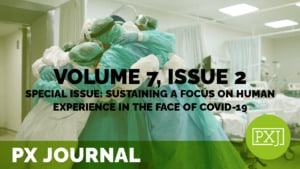 Patient Family & Community Engagement
Patient Family & Community EngagementInsights from individuals with chronic conditions in the context of COVID-19
Learn more -
 Policy & Measurement
Policy & MeasurementInstruments to measure the inpatient hospital experience: A literature review
Learn more -
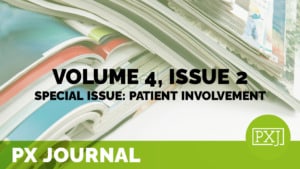 Patient Family & Community Engagement
Patient Family & Community EngagementIntegrating person directed care into the client experience
Learn more -
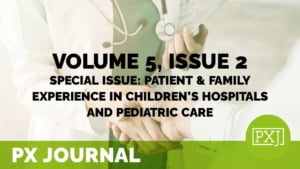 Infrastructure & Governance
Infrastructure & GovernanceIntegrating the patient and caregiver voice in the context of pediatric, adolescent, and young adult care: A family-centered approach
Learn more -
 Culture & Leadership
Culture & LeadershipInterprofessional collaboration to improve and sustain patient experience outcomes in an ambulatory setting
Learn more -
 Policy & Measurement
Policy & MeasurementInterventions that improve patient experience evidenced by raising HCAHPS and CG-CAHPS Scores: A narrative literature review
Hospital administrators and researchers often use large, standardized surveys that examine patient satisfaction to evaluate whether interventions improve patient experience. To summarize the breadth of these interventions and how large, standardized surveys are used to evaluate them, a multidisciplinary research team conducted a review. They used PubMed and Google Scholar searches, reviews of reference lists
Learn more -
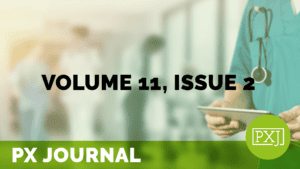 Staff & Provider Engagement
Staff & Provider EngagementInvestigating the Perceived Impact of Surgeons’ Burnout on Surgical Physician Associates’ Wellness in United States Ambulatory Surgery Centers
Surgeons are the de facto leaders of surgical teams with surgical physician associates (SPAs) as integral members who function in all areas of the peri-operative environment. Surgeons often supervise SPAs.
Learn more -
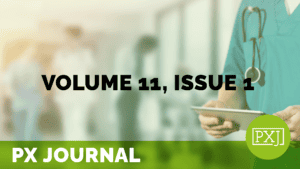 Culture & Leadership
Culture & LeadershipInvesting in the Bottom Line: The Value Case for Improving Human Experience in Healthcare
Investment in human experience is imperative for healthcare organizations. It is a strategic focus that can lead to great benefits. Those that overlook experience, seeing it as “simply” about satisfaction or survey data, do so at great cost to their organization, team members, and most importantly those we serve – patients. A commitment to human
Learn more -
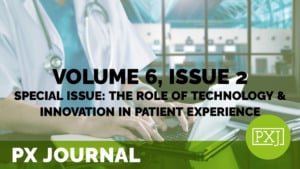 Innovation & Technology
Innovation & TechnologyInvolving patients and families in a social robot study
Learn more -

Is it fair to compare? A patient and family experience of two healthcare systems and neurosurgical teams within a two-week period
Learn more -
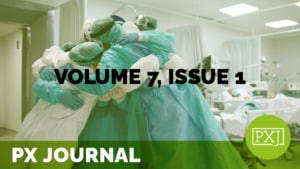 Policy & Measurement
Policy & MeasurementIs there a correlation between the patient-doctor relationship questionnaire and other patient-reported experience measures?
Learn more -
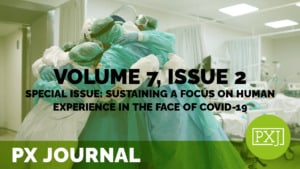 Patient Family & Community Engagement
Patient Family & Community EngagementIs this really happening? Family-centered care during COVID-19: People before policy
Learn more -
 Patient Family & Community Engagement
Patient Family & Community EngagementIs Timing Everything?: The Role of Time on the Relationship between Patient-Centered Communication and Provider Empathy
Several studies have indicated that providers that successfully implement patient-centered communication (PCC) practices related to health literacy and exemplify higher levels of empathy improve patient health outcomes. Time is frequently noted as a barrier when implementing PCC practices.
Learn more -
 Patient Family & Community Engagement
Patient Family & Community EngagementJohns Hopkins Medicine responds to COVID-19: Adjusting patient- family- and staff-centered care
Learn more -
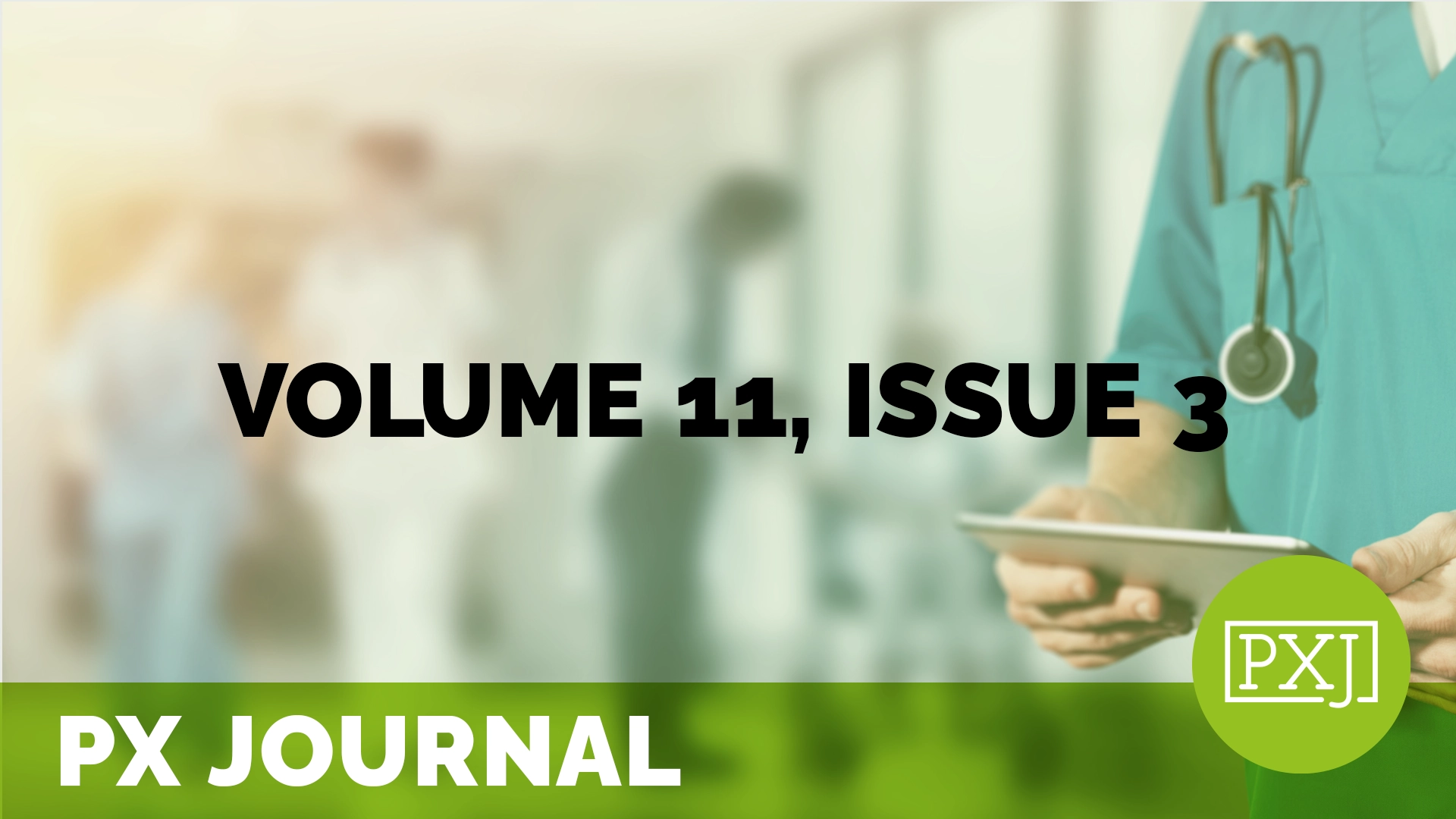 Innovation & Technology
Innovation & TechnologyLaboratory Literacy: Surveying Lab Result Interpretations of a Local Patient Population
A patient’s independent interpretation of their medical laboratory data has become an unspoken prerequisite in the current age of medicine. In the outpatient setting, it is anecdotally commonplace for patients to receive their lab results before their physicians, resulting in patients often relying on self-interpretations of their results. This study analyzed the degree to which
Learn more -

Lack of patient involvement in care decisions and not receiving written discharge instructions are associated with unplanned readmissions up to one year
Learn more